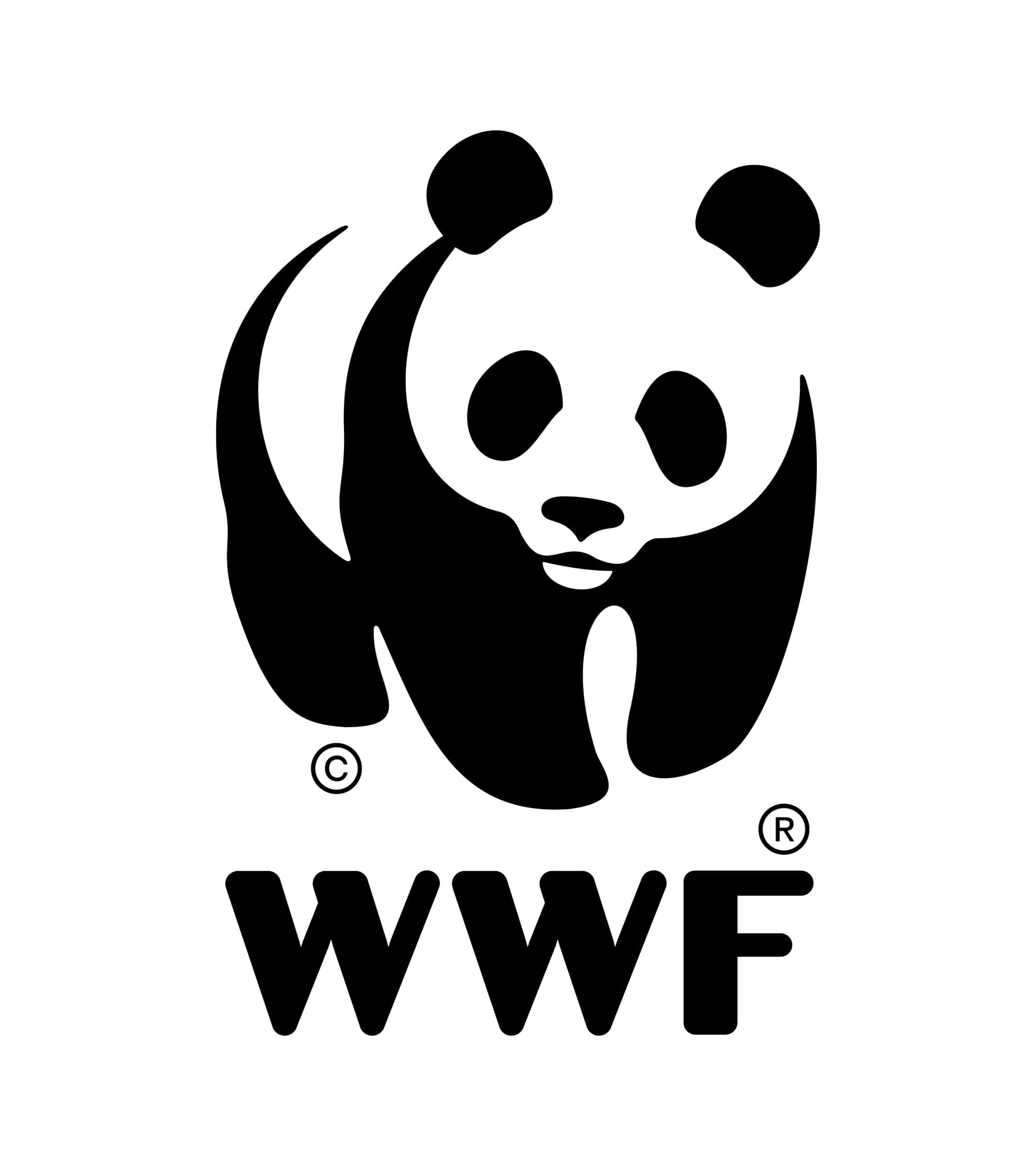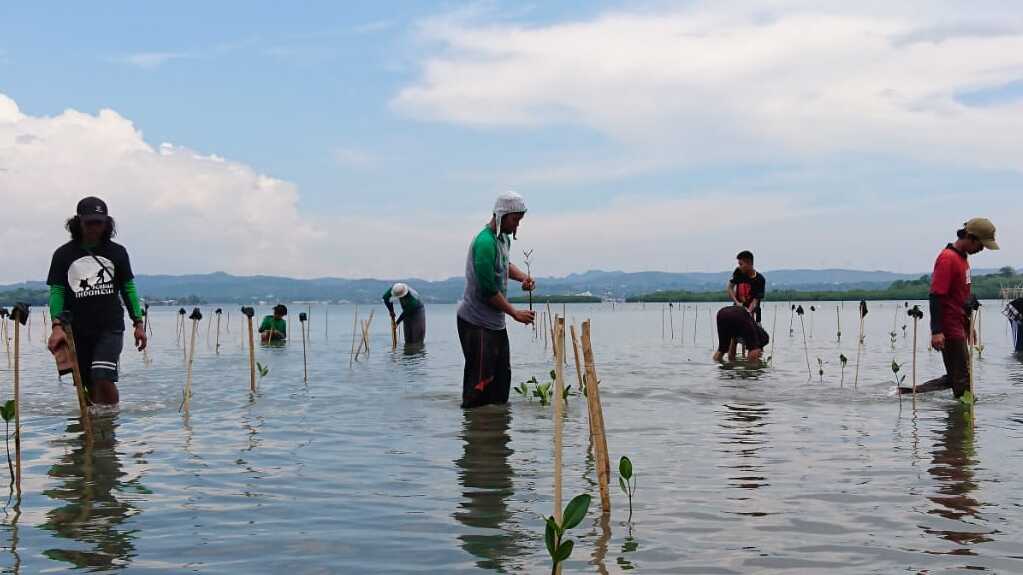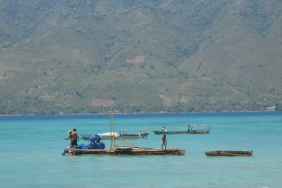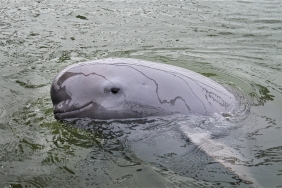MANGROVE REHABILITATION AND COMMUNITY NETWORK STRENGTHENING
In February 2020, WWF-Indonesia's Aquaculture Program conducted a series of mangrove rehabilitation activities on the coast of South Sulawesi. The activities were carried out in three places, namely planting 5000 mangrove seedlings on the coast of Puntondo Hamlet, Laikang Village, Mangarabombang sub-district, Takalar district, planting 10,000 seedlings on the coast of Lembang Lohe Village, Kajang sub-district, Bulukumba district, and planting 10,000 mangrove seedlings in Balang Baru Mangrove Tourism Area, Tarowang sub-district, Jeneponto district. This activity involved various communities and agencies of mangrove tourism, in this case Aquaculture Celebes Community (ACC), Puntondo Environmental Education Center (PPLH), Selaras Nature Lovers Student Community (KOMPAS), Kajang Nature and Culture Lovers Students (MAPASKA), and Muhammadiyah Student Association (IPM) of South Sulawesi. WWF-Indonesia and the community worked together in carrying out rehabilitation activities, which began with meetings, environmental education, the implementation of nurseries independently by the community, and together invited the community to get involved in mangrove planting activities.
Since it was first rolled out in July 2017 with the planting of 200 mangrove seedlings, the activity carried out to support the Aquaculture Improvement Program (AIP) of PT Bogatama Marinusa (Bomar) has shown significant progress. As of February 2020, 127,685 trees have been planted with an average survival rate of seventy (70) percent. The area that has been planted is 19 hectares, and is spread across several districts, namely Pinrang, Pangkep, Maros, Makassar, Takalar, Jeneponto, Bulukumba, and Polewali Mandar.
In general, there are three positive developments related to this mangrove planting activity. First, there is the stabilization of the condition of the mangroves that have been planted since 2017 and to increase the density and extent of the mangrove ecosystem. The addition of mangrove seedlings was carried out several times in various locations such as Pallameang, Tasiwalie and Tanroe Pinrang, Puntondo Hamlet Takalar, Binasangkara Maros. As well as regular monitoring in Bulu Cindea and Tekolabbua Pangkep.
Third, an equally important development is the emergence of attention from the South Sulawesi Provincial government and the government at the district level in South Sulawesi. As shown by the Bulukumba Regional Government, during the mangrove planting activity on January 26, 2020 in the Luppung Tourism Area, Bulukumba. In addition, local government attention can also be seen in the planting of mangroves in Balang Baru Village, Tarowang Sub-District, Jeneponto Regency. Not only village heads and sub-district heads attended the planting, but the Deputy Governor of South Sulawesi, Andi Sudirman Sulaiman, also attended the event. He even expressed his plan to rehabilitate mangroves in disaster-prone locations.
This increased attention from various parties is an indication of increased public awareness of the importance of mangrove rehabilitation. Thus, WWF-ID's target of 28 hectares of mangrove rehabilitation, which is supported by WWF-Japan and budgeted by JCCU (Japanese Consumers Co-operative Union), a company that provides processed shrimp to the Japanese public, is likely to be achieved in a short period of time.
If future mangrove treatments go smoothly, it means that in the next few years, South Sulawesi will see an increase in the area of mangrove forests/ecosystems. This will certainly have an impact on improving the water quality of public waters, as well as affecting the quality of water that will enter traditional ponds. In addition, mangrove forests can contribute nutrients to marine life, thereby increasing biodiversity in coastal and marine ecosystems.
,>





